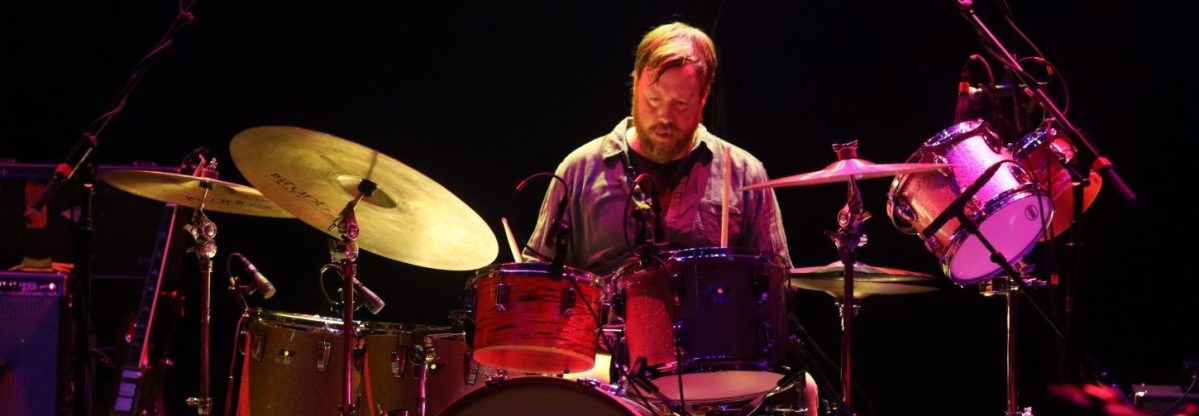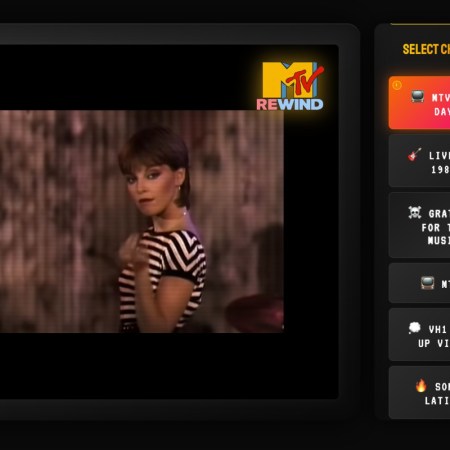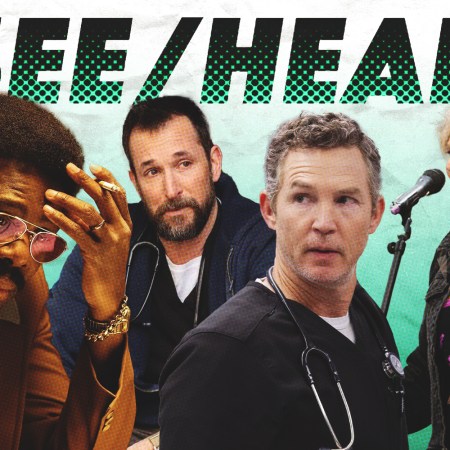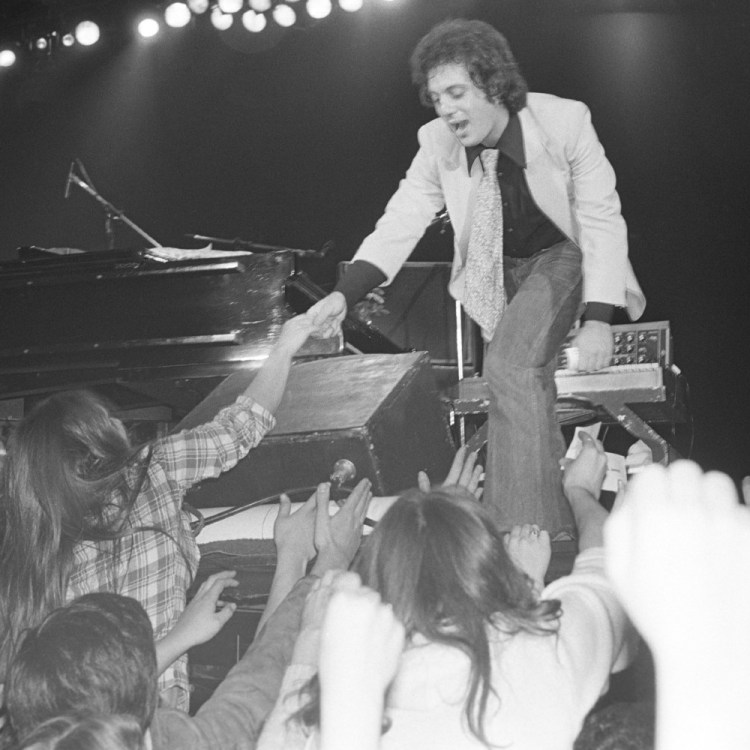There are plenty of middling, mediocre cover bands out there, but very few that truly even qualify as good. It’s also the case that the rarest of cover bands, those that actually attain a genuine level of greatness, will only be discovered if only you know what to look for.
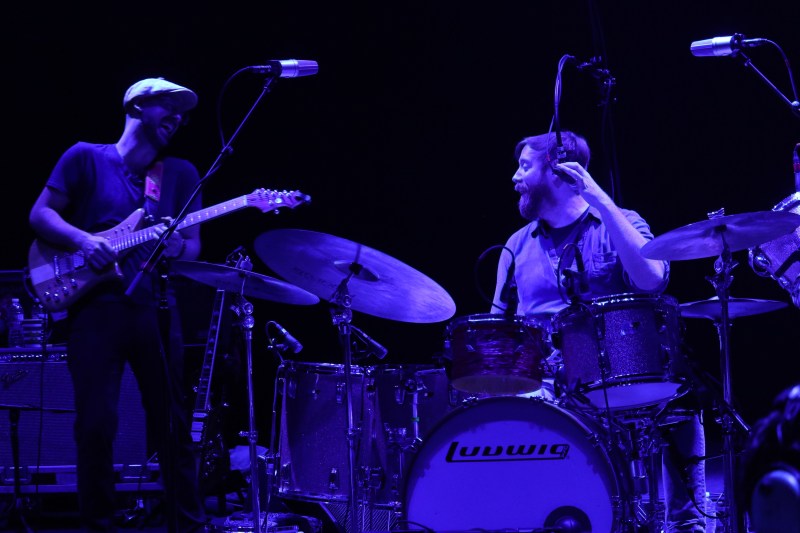
In a cover band, greatness is no simple matter of the musicians hitting the right notes and the right words. It’s only achieved when each member of the group possesses a determined, steadfast ability to communicate their understanding of the source material authors’ essence, their Qi — the wholly singular spark that burns when a group of truly like-minded roustabouts fuse together in a commitment to total, complete ego death and unrestrained vision.
That’s why it blows my mind to admit that one of the absolute tightest, best and most interesting bands to watch right now is a cover band. Joe Russo’s Almost Dead, better known as JRAD, have managed to carve out a unique space in the jam community by taking up the near-insurmountable task of learning former repertoires — those old Dead songs, covers and traditionals The Dead played alongside new renditions of songs from JRAD members’ past lives — with extreme technical skill and an insatiable hunger to unearth buried gems from gigs past.

Returning to The Capitol Theatre, Peter Shapiro’s renovated rock palace in Port Chester, New York, JRAD’s three-night, sold-out stint last week wasn’t so much a victory lap as a homecoming.
The Dead’s catalog is so deeply embedded in the American songwriting subconscious that if you listen closely, you just might hear the riff to “Cumberland Blues” hiding in the theme music to Family Feud.
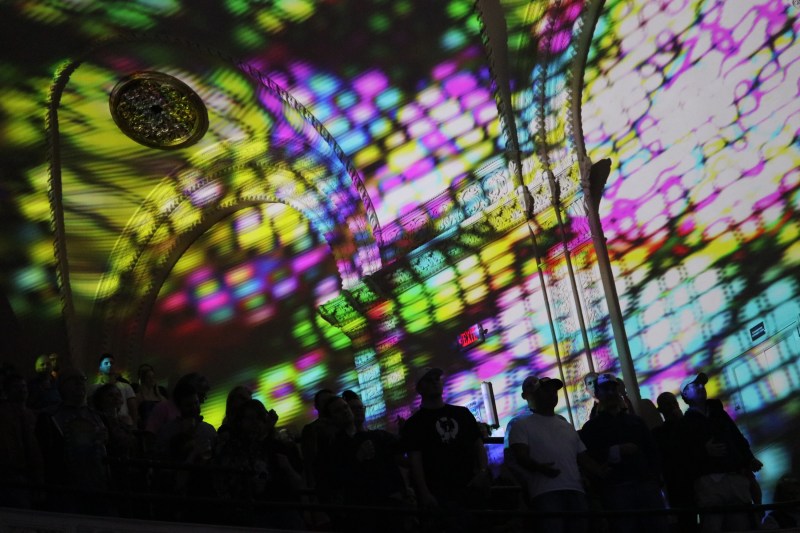
JRAD’s biggest feat is not only reinvigorating tunes that fans have heard for years with fresh arrangements and the spirit of urgency, but doing so without any favoritism between a certain decade or configuration of the original group. The Dead remain among the most misunderstood bands of all time, not all sunshine and roses. Respectfully leaving space for moments of bliss and moments of chaos, JRAD happily comb through the most obscure corners of Dead history, nerding out on the songs that some of us might have missed.
The band was generous with those moments during Friday night’s performance. Stuffing their first set with a series of traditionally second-set heavy-hitters like “The Other One”, a sprawling, multi-movement odyssey that goes back to The Dead’s 1968 opus Anthem of the Sun, or “Shakedown Street”, a funky fan favorite and frequent second-set opener.

This second set opened with the JRAD debut of “Rosa Lee Mcfall”, an old tune by Kentucky bluegrass legend Charlie Munroe. It was not technically a Dead song, although they did cover it on two separate runs of shows, one string in 1970 and another a decade later.
Whether or not JRAD knew this bit of setlist trivia was no question — their performances are chock full of little winks and nods that satiate even the hippest Dead completionist. At another point in the second set, Joe Russo dedicated the obscure, heavily political ‘80s cut “Throwing Stones” to his sister, who had requested the song for her birthday as she watched the band rip a hole in the very fabric of time.
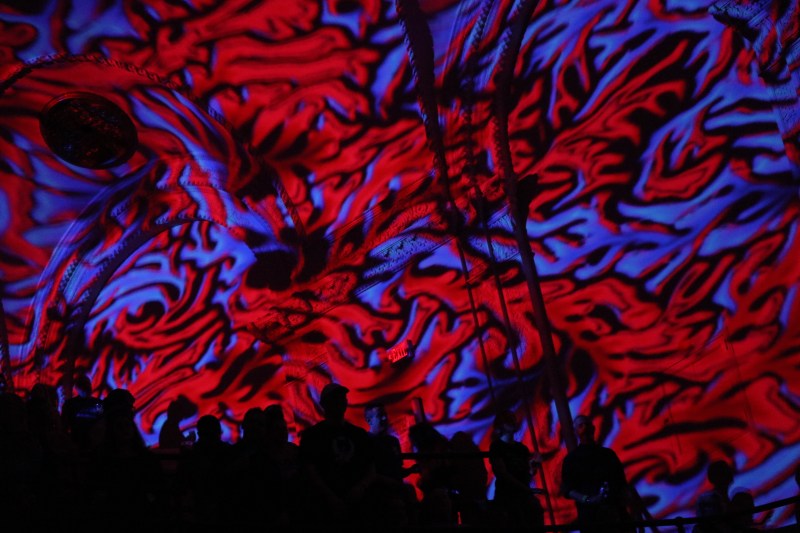
Amir Bar-Lev’s thoughtful, four-part Amazon documentary, Long Strange Trip, puts a name to a lot of things that those of us who saw both the light and the darkness of the Dead zeitgeist have long felt. The film talks about Jerry’s fixation with mortality, impermanence, and even death. It spends time ruminating on the inherently unsustainable nature of having a band running its own business and enterprise with values that it ought to not be controlled by any lone figurehead or dictating presence, and spent time explaining about how the Dead were the first, and arguably the best, band at establishing a genuine performative experience between players and audience.
“The Grateful Dead was an experiential thing,” Bar-Lev told me around the film’s release. “I have to enact The Grateful Dead, you know? I can’t just talk about psychedelia, I have to make my film itself somewhat narratively challenging, or formally inventive, in order to enact it.”
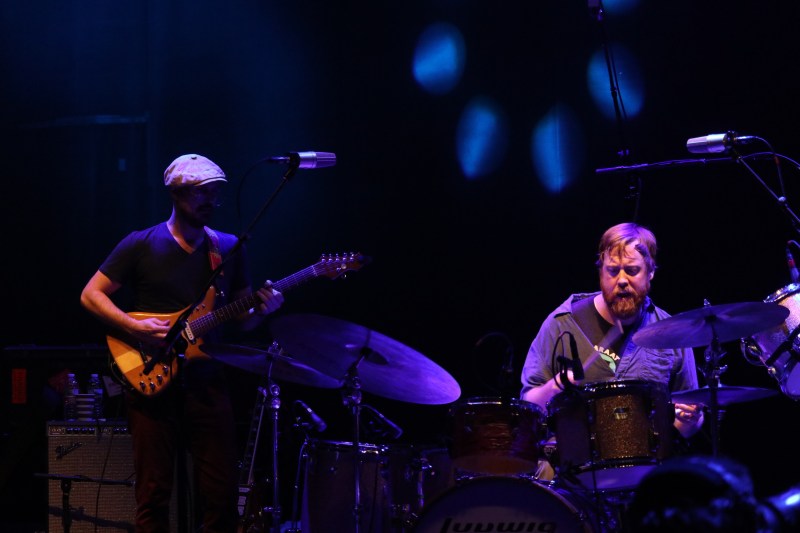
Chock full of dudes whose names ring bells for anyone in the jam community, JRAD understand what enacting a challenging narrative through performance actually sounds like. They understand that, as Robert Hunter’s lyrics so eloquently articulate in “Ripple”, the band will not show you the way home.
In doing so, they’ve managed to fly under the radar of more casual fans of The Dead, most of whom are perfectly content to watch John Meyer play Jerry with Dead & Co. Hell, Mayer himself sits in on JRAD sets when he’s in town. I remember him riffing out during a particularly rousing cover of Bob Dylan’s “The Mighty Quinn” that closed out JRAD’s second set one night at Brooklyn Bowl back in 2016. Mayer was making the same strained but impassioned, slightly constipated face he always does, giving himself entirely to every note, working to prove himself with a collection of dudes who know these songs in and out. Concert Joe, the storied Guinness World Records holder who claims to have seen The Dead more than anyone, calls him “John Mayernaise”. After seeing him work to hang with the big dogs in JRAD, perhaps the nickname is unfair.
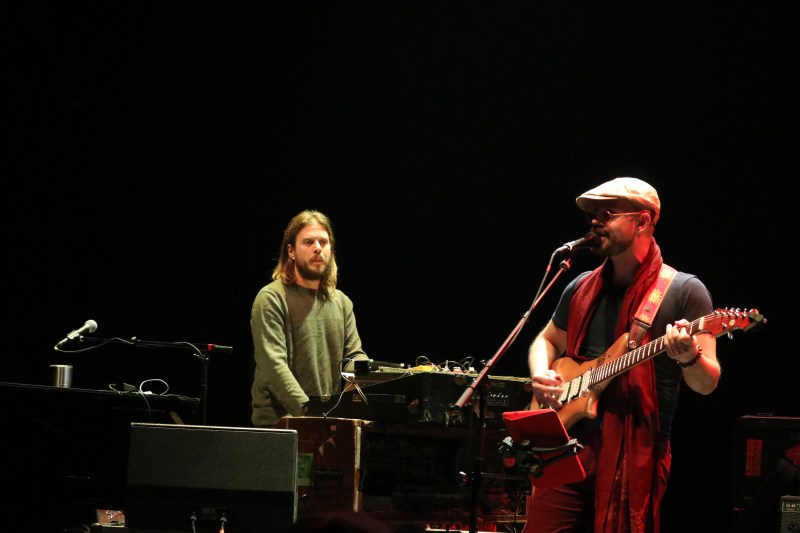
JRAD is made up of Ween bassist Dave Dreiwitz, producer/ label owner/ endless multihyphenate Marco Benevento on keys, former American Babies frontman Tom Hamilton on guitar and Jerry Garcia vox, and mercurial jam royalty Scott Metzger on other guitar and Bob Weir vox. Joey Russo looks barely on our plane but nonetheless moves among the pieces of his kit with an effortless fluidity, front and center, keeping it all rolling along.
Most Deadheads know Joe Russo as the drummer of Bob Weir and Phil Lesh’s Further, or a frequent drummer with Phil & Friends. My introduction to him came during college when I caught the Benevento-Russo duo opening for Japanese pop artist Cornelius at one of his rare U.S. appearances.. True to its name, the duo also featured Marco Benevento, and both men worked in seamless syncopation to realize the intricate electro-jazz rhythms that the other one was putting down.
Their chemistry together aged well over many years of well-worn collaboration, Marco and Benevento understand that microscopic holy sacred space between the rhythm and melody, unapologetically emanating waves of melody or dissonance depending on what the number called for. Another coincidence and proof of how small this community is —I’d written the liner notes for a Leonard Cohen live tribute album that Benevento released on his record label, Royal Potato Family last fall.
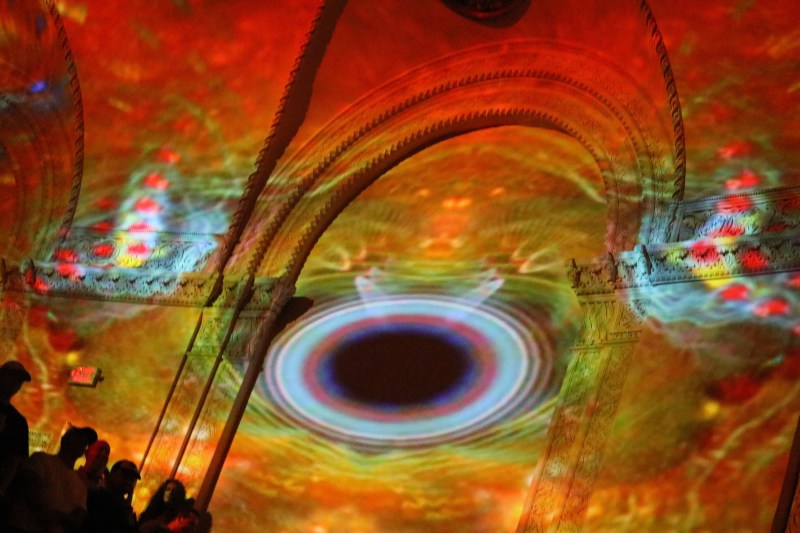
It also turns out that I’d met JRAD guitarist Scott Metzger before. After moving to the city and working with Philip Glass, I started moonlighting at gigs for his Publishing Manager Jim Keller, who turned out to be one-half of the power ‘80s power pop band Tommy Tutone. Tommy Tutone, best known for their ubiquitous hit “867-5309/Jenny“, broke up years ago, but Keller still chugged along with his soul-tinged dad rock America, rocking that pork pie hat at the Rockwood Music Hall in residency once a month with any of his famous session friends willing to show up for the gig. Metzger was a staple of Keller’s live set for a year or so, lending his fretboard dexterity and impressive range to Keller’s songs and infusing them with genuine gravitas. I sold merch, and he humored me by being genuinely friendly and conversational.
These are but a few examples of how JRAD’s continued presence, both individually and together, continues to be felt in the live music community. Much of this credit ought to go to Peter Shapiro, the Deadhead promoter who owns The Capitol, Brooklyn Bowl, and Lock’n Festival, for creating what has become a jam empire. It was at Shapiro‘s original Brooklyn Bowl location that JRAD first played together in 2013, and it was through Shapiro that these five men came together in the first place.
Projection map visuals flank The Cap’s walls in peripheral vision, telegraphing every moment of JRAD‘s eclectic two sets. They remind me that Shapiro likely still fancies himself a bit of a 21st century Bill Graham. But Shapiro also intuitively understands that the real cluster fuck, the real swirling portal to lands vast and unusual, is happening on stage.
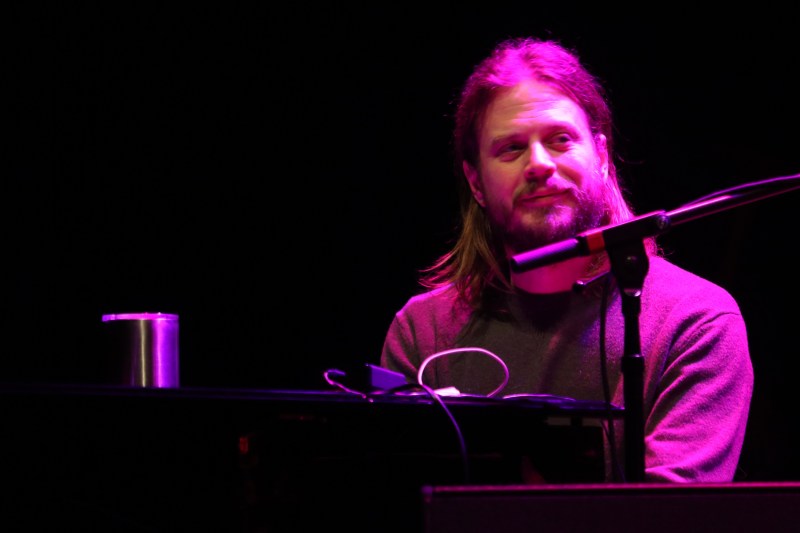
Shadowing Shapiro for a feature ultimately also taught me how you can legitimately run a successful business using progressive, communal community-focused values. He remains a complex man because at the end of the day is also a businessman (much like Bill Graham), though he was nowhere near as difficult to work with as Graham was reported to have been. Alongside that business, Shapiro deftly promotes values conducive toward making a wavy, stoned crowd feel at home. The security at his venues has “welcome” printed on the back of their shirts. The sightlines are perfect, no matter where you are in the house. Beer prices are reasonable.
“There’s magic in an old rock palace,” Shapiro told me back then. “You do enough of these shows and it changes the air, the air is different. I believe that. In a new clean room that doesn’t have that history, it’s harder to build that. People are aware of the history. You start getting into it, you feel it and you go there. So I believe in that vibe.”
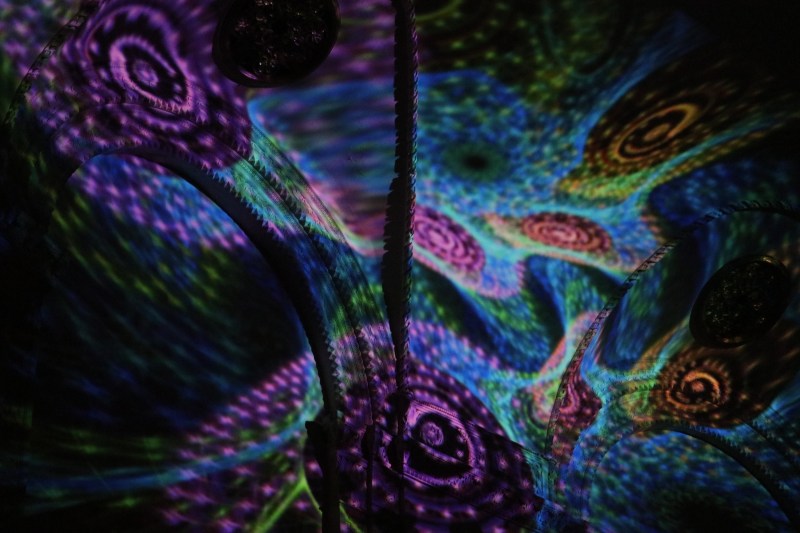
Jerry Garcia believed in that vibe, too. Backstage a couple years back I saw a black and white photocopied picture of a smiling Jerry Garcia, holding an empty wine glass. “See, there’s only two theaters, man, they are the only two places that are set up pretty groovy all around for music and for smooth stage changes, good lighting and all that—the Fillmore [East] and The Capitol Theatre,” read a quote beneath from October 1970. “The rest of the places we play are sort of anonymous halls and auditoriums and gymnasiums.”
The opposite of anonymity is a place where everyone knows you, where you genuinely feel welcome. And for a man like Jerry Garcia, ever fascinated with the fleeting nature of legacy, showing up at a place where everyone treated each other with kindness and recognition was the absolute highlight of his endless journey down the road.
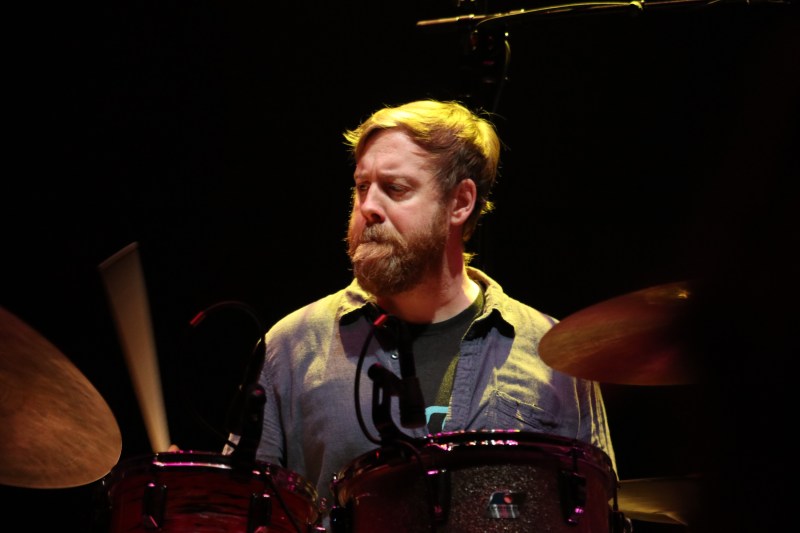
“The thing that was remarkable about Jerry Garcia—he was really committed to the present moment in a way that most of us have a hard time doing,” Long Strange Trip director Bar-Lev told me. “The present moment continues on until it’s gone, right?”
Looking back on that conversation, though, it was what told me about the core nature of impermanence that helped me understand why this cover band’s performances still resonate long after the gigs have ended.
“This is the human condition… [y]ou want who you love to stick around forever. You want them to be who they are to you, more often than not, in a static way rather than letting them change and evolve, and possibly move away from you. We rock fans are very guilty of that. We want to hear the hits, and we want our rock stars to be the embodiment of hard living, but we don’t want them to die on us. We’re asking a lot of the people we love.”
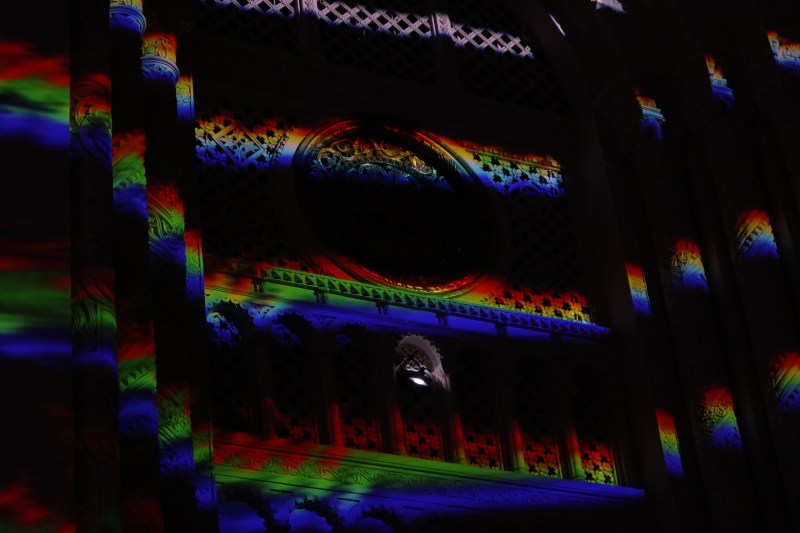
Hearing JRAD handle these covers so artfully accomplishes that supernatural feat, summoning not just the tunes alone, but the joy and gusto that comes in being present with them, too.
Now might be a good point to admit that the term ‘jam band’ causes me to cringe more than most of my distinguished colleagues and communications professionals in the community know. Maybe it’s a case of having the arc of the covenant open and trying looking at the light without your head exploding, of seeing too many kids pushing their stash in line for the bar and starting to see this music of joy like some serotonin-depleting drug, only jubilant and involved until it’s over. Nonetheless, the Deadheads of Greater New York accept me anyway. That night, I was content simply being there.
Ending on the third night in a grand fashion — a 20-minute cover of “Dancing In the Street” with acclaimed horn player Stuart Bogie on sax — JRAD’s stint at The Cap last weekend was chock full of more greasy biker dudes, mad hatters, and uncoordinated tie-dye than summertime at a Vermont flea market. But look past the artifice of costume and the trippy visuals on the wall, see how strong the love for these songs remain, how muscular the energy is between the band and the crowd, and you’ll get it. Embedded in this deliciously fried, most unpretentious of communities is the promise that, whether the tunes that get you going are classics or deep, obscure cuts, you are there.
This article appeared in an InsideHook newsletter. Sign up for free to get more on travel, wellness, style, drinking, and culture.
